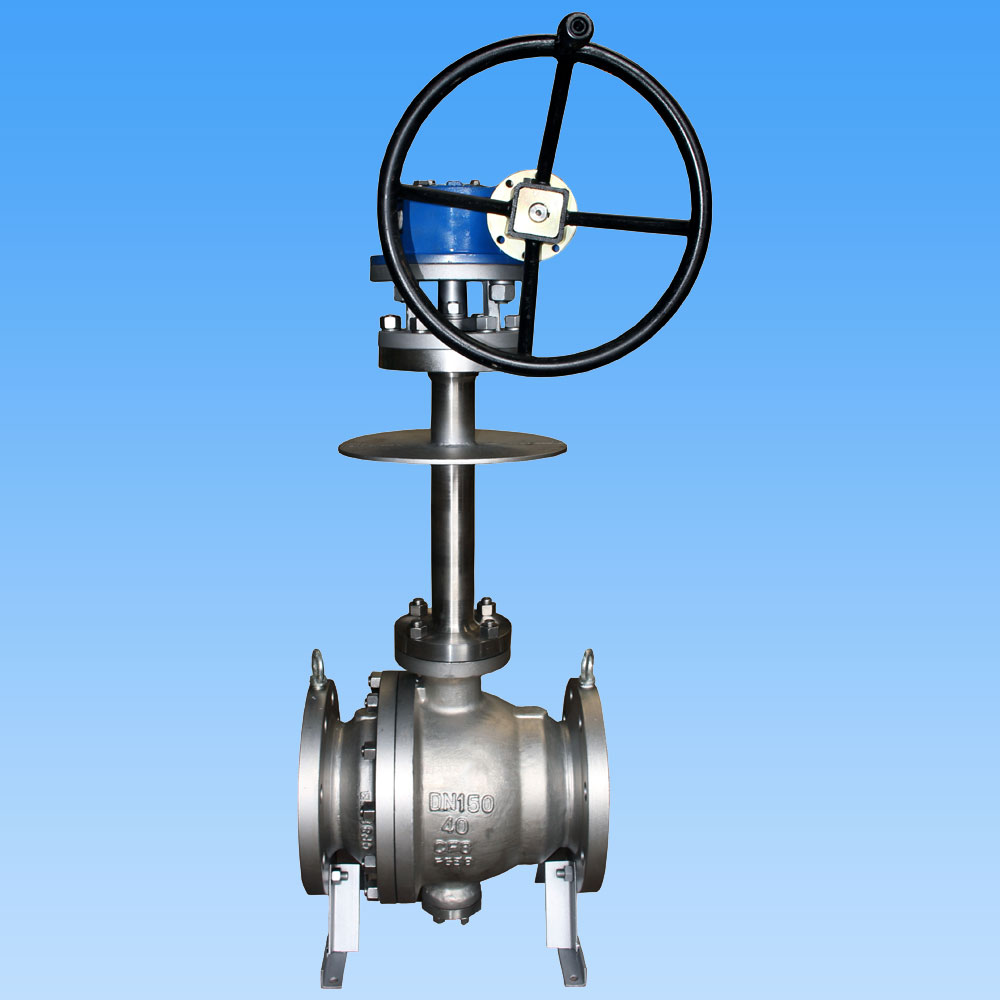Ball Valve: A Reliable Solution for Flow Control
2025-06-27
A ball valve is a type of quarter-turn valve that uses a hollow, perforated, and pivoting ball to control the flow of liquids or gases through a pipe. When the ball’s hole aligns with the flow, the valve is open; when it’s rotated 90 degrees, the flow is blocked.

Key Features of Ball Valves
Quick Operation: Opens and closes with a simple 90-degree turn.
Tight Sealing: Provides a reliable, leak-proof seal when closed.
Durability: Resistant to wear and corrosion, suitable for high pressure and temperature.
Versatility: Works well with liquids, gases, and slurries.
Low Pressure Drop: Minimal flow resistance when fully open.
Types of Ball Valves
Floating Ball Valve: The ball is held between two seats and moves slightly to achieve a tight seal.
Trunnion Mounted Ball Valve: The ball is fixed by trunnions for larger valves or higher pressures.
Two-Way Ball Valve: Controls flow in one line with two ports (inlet and outlet).
Three-Way Ball Valve: Has three ports, allowing for flow diversion or mixing.
Common Applications
Water and wastewater systems
Oil and gas pipelines
Chemical and petrochemical industries
HVAC (Heating, Ventilation, and Air Conditioning)
Food and beverage processing
Pharmaceutical manufacturing
Advantages of Ball Valves
Easy to operate and maintain
Provides tight shut-off, preventing leaks
Suitable for automated operation with actuators
Long service life with minimal maintenance
Compact and lightweight compared to other valve types
Conclusion
Ball valves are essential components in piping systems where quick, reliable flow control is needed. Their simple design, durability, and efficient operation make them a popular choice across many industries.


